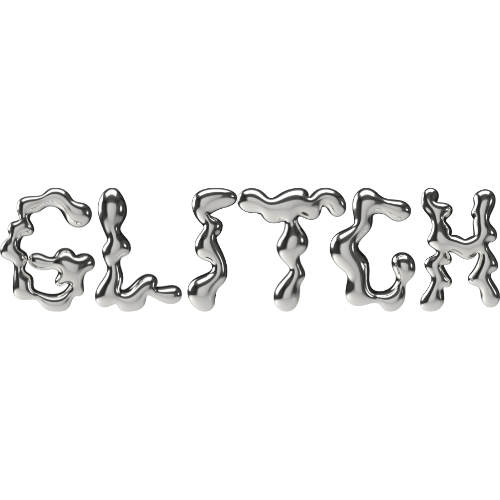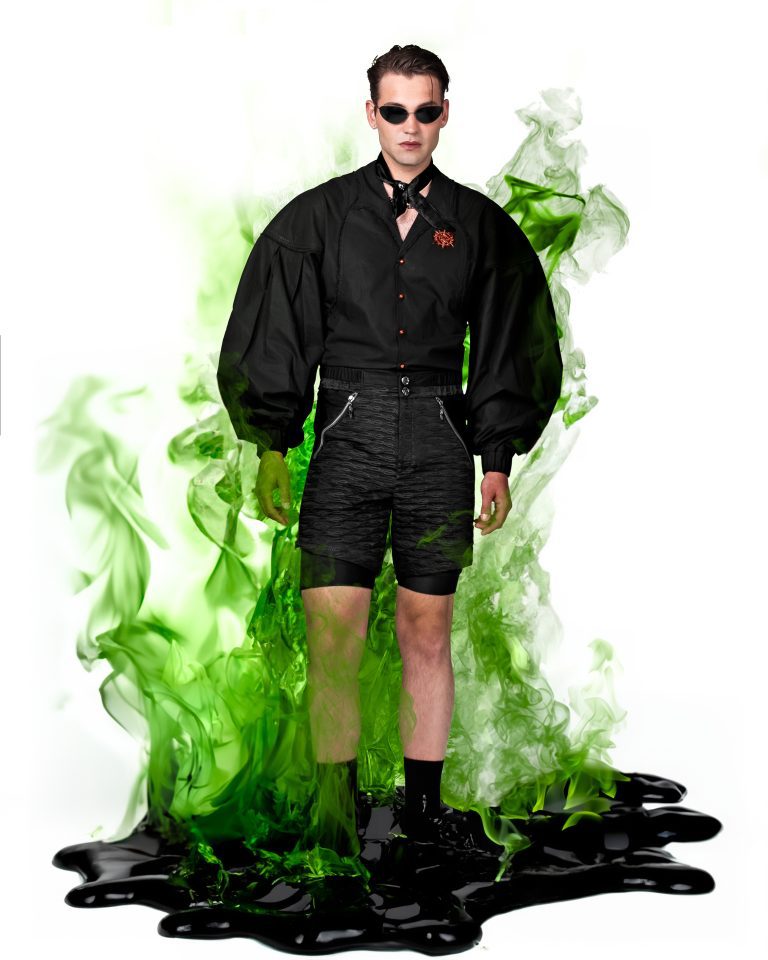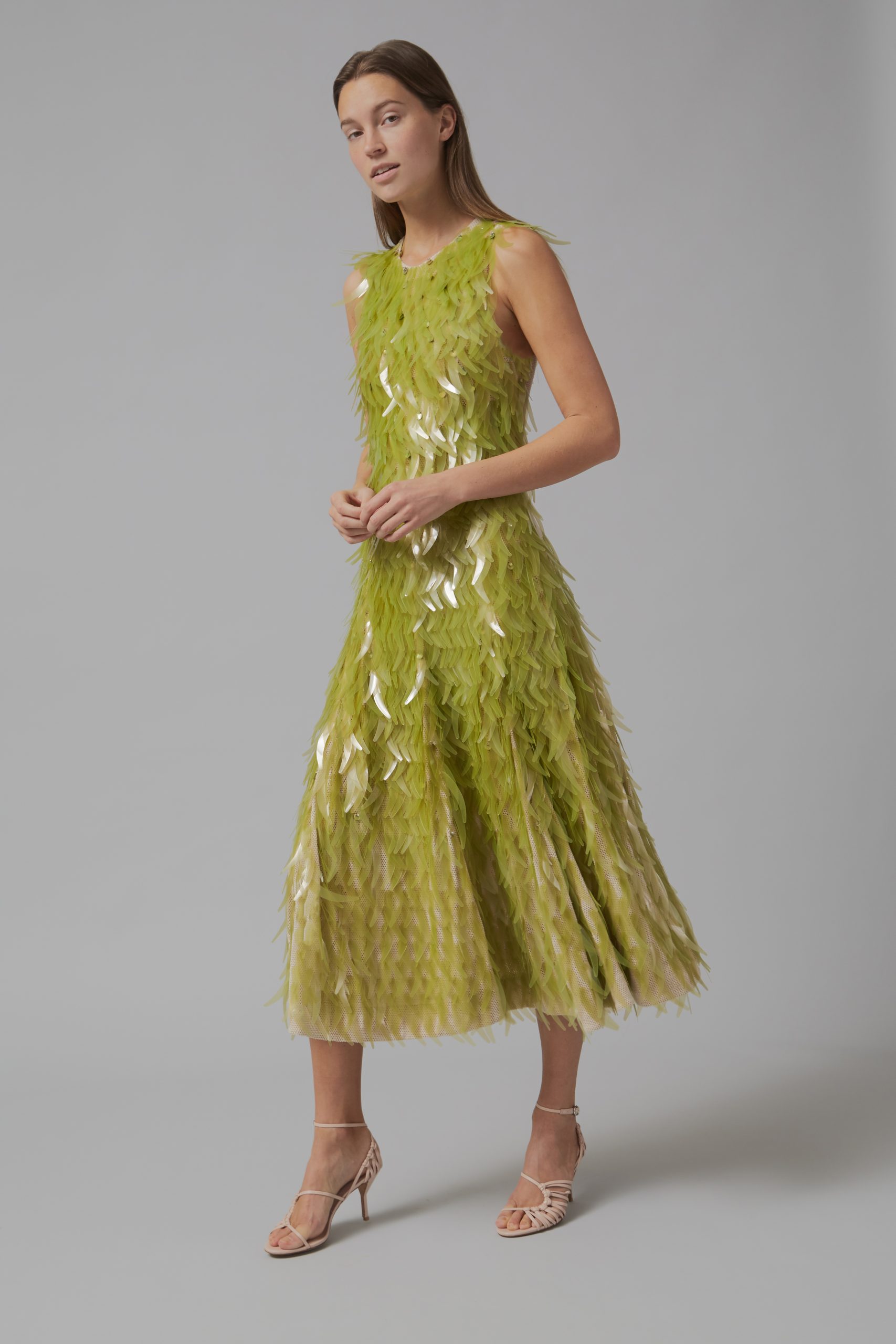With November wrapped, GLITCH is back to spotlight some of the most inspiring visionaries and creators who have been on our radar this Autumn. In our second instalment of GLITCH’s Ones To Watch, we introduce our readership to buzz-worthy personalities who are nudging the barriers of fashion as we know it. Here are this month’s ones to watch:
HOUSE OF AUTONOMY
Born out of the British fashion capital, House of Autonomy is a digital designer label with a focus on amplifying queer visibility within online spaces. Joseph Boys-Smith, the label’s founder, hopes that the brand reflects an unapologetic queer liberation and incorporates iconography of past punk subcultures and queer history. At the brand’s heart is an alliance with non-conformity, and an excited desire to bend the restrictions and impeachments commonly placed upon queer voices and freedoms. Self-proclaiming themselves as a “Rebellious Digital Fashion Label”, House of Autonomy uses daring aesthetics, cuts, and styles in their digital wear. The brand draws inspiration from a story of pulsating nightlife, the economy of secrets, and passion. Their most recent collection, ‘Backstreet Lovers’ is inspired by the Backstreet Bar, a physical location in London’s epicentre highlighted for its rich history amongst the queer community who endured and showcased resilience throughout the AIDS crisis in the 80s. GLITCH is excited to see the digital creations and modern commentary that the house will continue to create, and further, how users will begin to play with their digital studs, lapels, and leathers, accentuating real-life outfits with a touch of pixelated grunge.
BUREAU 555
Bureau 555 is a tech-centric company encouraging brands to switch to virtual sampling, in a bid to both streamline and green-ify their testing process. Yet despite its advanced technology, Bureau 555 remains a brand rooted in simplicity. The studio has developed methods to digitize fabric and shape nearly identically, replicating a tangible experience on the screen. As such, the platform allows designers to initiate their design process with clicks and keyboards, rather than reels of fabric and wasted material, whilst having the same functionality that they would do in the flesh. With a mission to simplify 3D product creation, and remove daunting complexities, Bureau 555 has a clear accessibility aim. They hope that by translating physical work processes seamlessly into the digital world, they will encourage more brands to work consciously.
MEDUSA LONDON
Medusa London is a brand that is ditching two traditions in one; they are discarding the wedding day aesthetic of bigger, better, and more, and simultaneously ditching the idea that sustainable can’t be luxury. Suffused with an edgy simplicity, their ethically made wedding dress range encourages brides to stand out, and not blend in with the formalities of the unspoken rule book. Their second-skin artisan-crafted dresses come in a range of unique silhouettes that are uncommonly walked down the aisle, but crucially, these dresses can be adapted and restyled into more everyday pieces. Medusa dresses are intended to live much longer than a mere 24 hours. GLITCH is intrigued at how Medusa London is rebuilding the image of the modern bride, and stamping on both dressing and societally ingrained traditions. Medusa London, as its name hints, wants to ditch the trope of the bridezilla and recraft the image of the modern woman as a buyer whose personality exudes through her image and choices.
KRYSVINCZI
Hedonism runs through the aesthetic at Krysvinczi, a brand collaboratively designed by the German-based Krystian Sokolowski and Vincent Ludwig. With an intention to bend the boundaries of menswear, their second collection was said to be an electrifying union of tradition and rebellion, attempting to offer newness. The brand comments across social media how they see fashion as an evolving entity, but one that should reflect our eternal essence as well as our social evolution of culture. Resultantly, their collections focus on pieces with baroque and quasi-royale influences, that are then manufactured in leathers and space-age prints. The effect is a beautiful juxtaposition. It seems very interesting how the Krysvinczi aesthetic monitors these diverging views of both the past and the future, and GLITCH is interested to see how the brand will continue to track these ever-parting concepts and the dissident representations of manhood.
Written by Hebe Street from GLITCH Magazine





